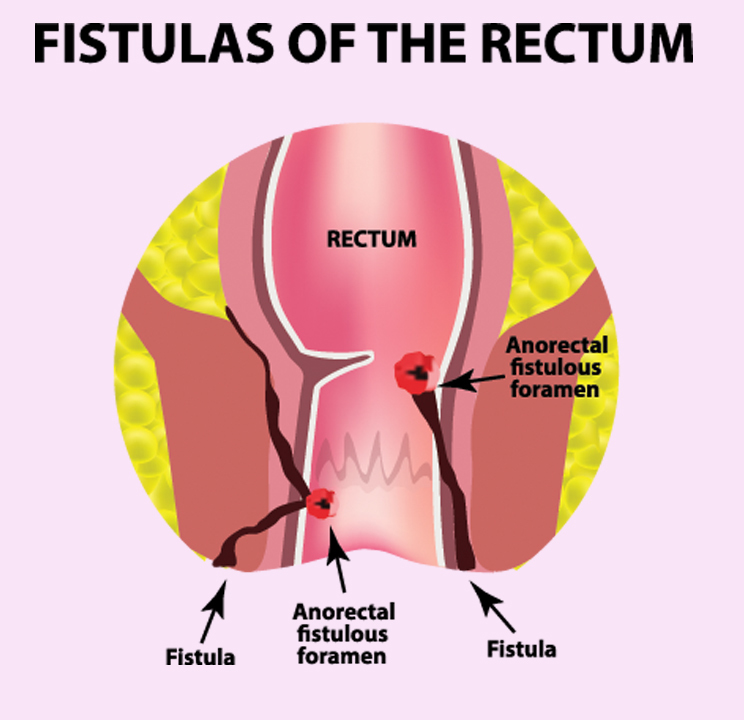Anal fissures differ from pimples (hemorrhoids) in the sense that piles result from swelling of anal cushions inside the canal of anal (internal piles) or bulges around the site of the anus (external piles.)
An anal fissure is a tiny tear or cut that has formed in the skin's lining caused by the anus. you can buy Proktis-M for treatment of anal fissure.

Image Source: Google
They typically cause bleeding and pain that is similar to the symptoms of piles. Other symptoms include extreme discomfort during bowel movements or blood that lines the stool. Certain people might avoid going to the bathroom due to the pain.
This can result in constipation, which can lead to anal fissures and piles. A few people do view anal fissures as a kind of pile, and this is not a mistake.
There are many causes of anal fissures. All of them are a result of poor bowel habits or strain that is excessively caused by constipation or the rush of a bowel movement. This could cause a tear to the lining of the anal.
But, diarrhea could also be a reason. It is therefore essential to keep your bowels smooth by drinking plenty of fluids and ensuring that there's sufficient fiber included in your daily diet. It is also possible to consider specific nutrients that can aid in healthy bowel movements.
Anal fissures fall into two types: chronic or acute. Anal fissures that are acute are caused by changes in behavior in the bowel (such as constipation and diarrhea) and are usually quick in healing, particularly applying creams, ointments, and ensuring that your regular bowel movements are in good shape.
